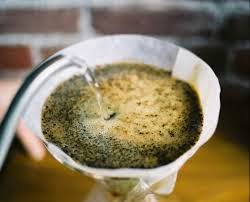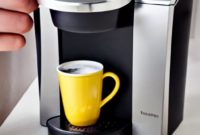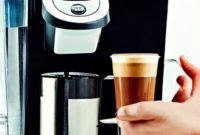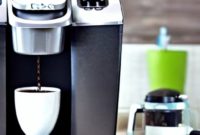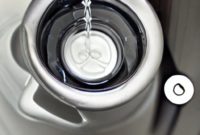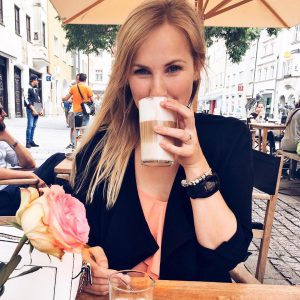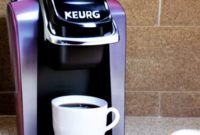Would you like to make great coffee at home for friends and family? We brought the automatic coffee maker into the lab to see what it takes to make great coffee with. Come join us as we take a closer look at drip coffee makers and find out what’s in the cup. For these experiments we used a coffee refractometer to measure the total dissolved solids of the brewed coffee. This showed how much coffee was taken out of the grounds by the hot water. We then compared the extraction efficiency of multiple brewing scenarios. From these results, we were able to break down proper brewing, into five easy steps. As a bonus, we discovered a simple brewing hack, that will elevate your coffee from good to great. So here are five steps:
- Water accounts for nearly ninety nine percent of your coffee. It should be slightly hard with a neutral PH. Don’t use overlay softened orchlorinated water. The easiest way to ensure good water quality is to buy it bottled. We recommend using bottled spring water. Regular filtered or distilled water is too clean. Spring water will bring out your coffees best flavor
- Start with fresh roasted whole bean coffee. If the coffee won’t be used for a few weeks, it should be left sealed in a foil bag. After the coffee has been opened, try to use it up within two weeks. There is no need to store it in the fridge or freezer. It can be kept in the bag on the counter
- A good grinder will make the biggest difference in the quality of your coffee. Oxygen is a silent killer. Grinding coffee increases the surface area and speeds up the process of staling. Look for a either a flat burr or conical burr grinder. Stay away from blade grinders. The coffee should be ground right before use with a size similar to refined white sugar. Remember you are better off buying a cheap coffee maker and a quality burr grinder.
- Coffee to water ratio is where your own personal tastes come into play. A good place to start is a ratio of one to seventeen. If you have a small kitchen scale weigh, out your water then divide by seventeen for the coffee weight. If you don’t have a scale start with 2 tablespoons of ground coffee for every 6 ounces of water. Remember when making coffee for a group it is easier for a guest to dilute strong coffee with water then make weak coffee stronger.
- My dad always says “You make your money in the details”. Here is where your coffee will really start to shine.
First, level you coffee maker, this reduces channeling and allows for even, thorough extraction. Second, only make three quarters of a pot at a time. Most home coffee makers will have trouble when everything is maxed out. Lastly keep your water in a container at room temperature. Cold water takes longer to heat up and can extend your brew cycle into over extraction. Now for the bonus hack.
While experimenting, we found the permanent mesh filter, gave a silty finish with too heavy a body. The paper filter gave excellent clarity but would easily lose shape and stick to the side of the basket once wet. The paper flutes and the basket ridges were unable to properly support the coffee bed. So here is a simple hack to properly support the paper filter and allow for even extraction across the coffee bed. Simply place the paper filter inside the permanent filter, this gives it both support and allows for extraction on all sides.
For a little twist on this hack. If you want a little more body in your cup, place some coffee into the permanent filter then insert the paper filter add the rest. There you have it. Know your home coffee maker can rival the hipster brew bar down the street. Remember great coffee doesn’t happen by accident.
